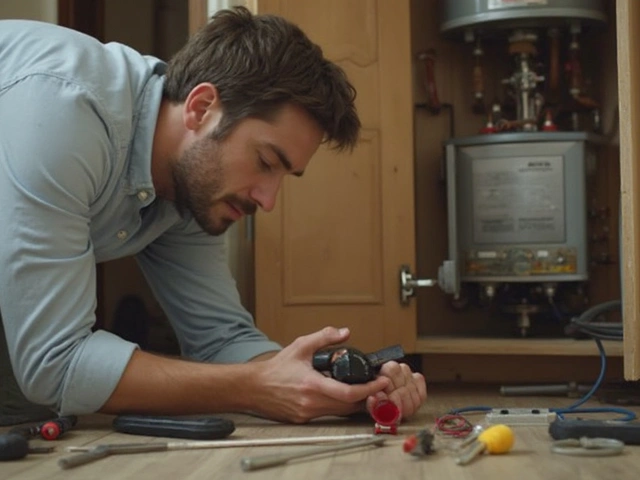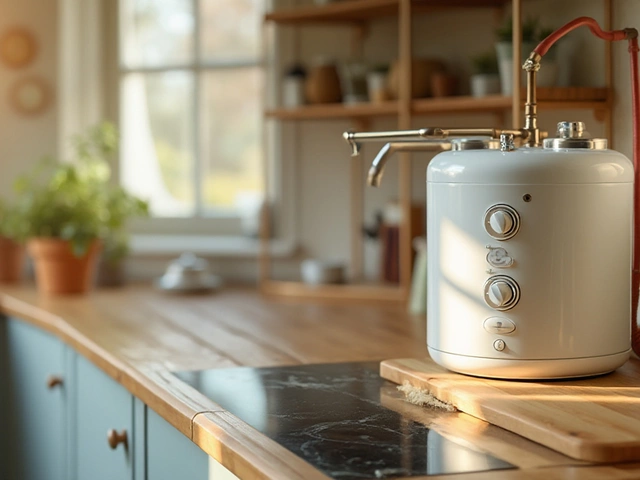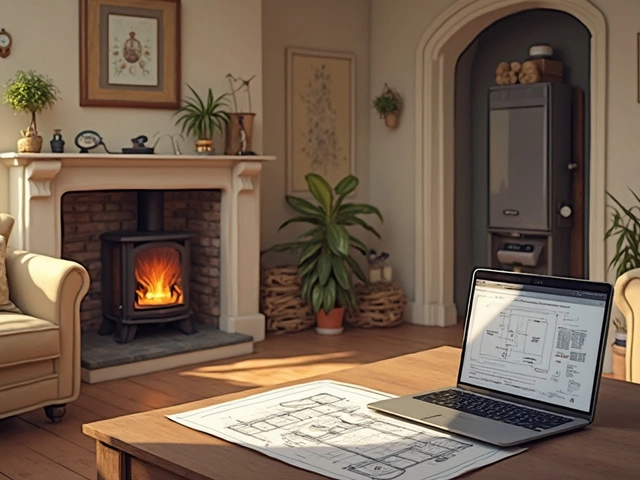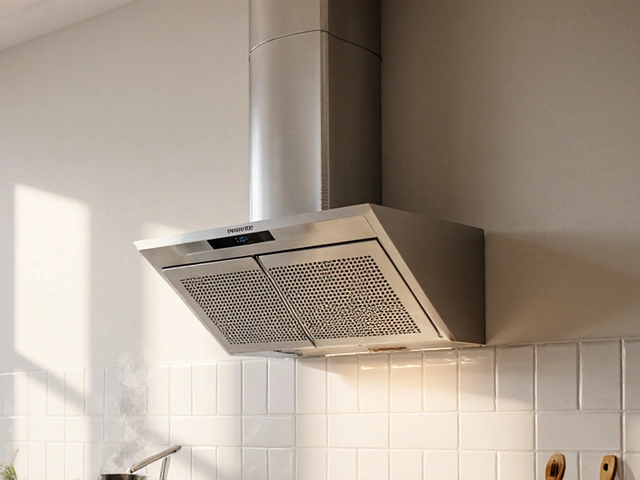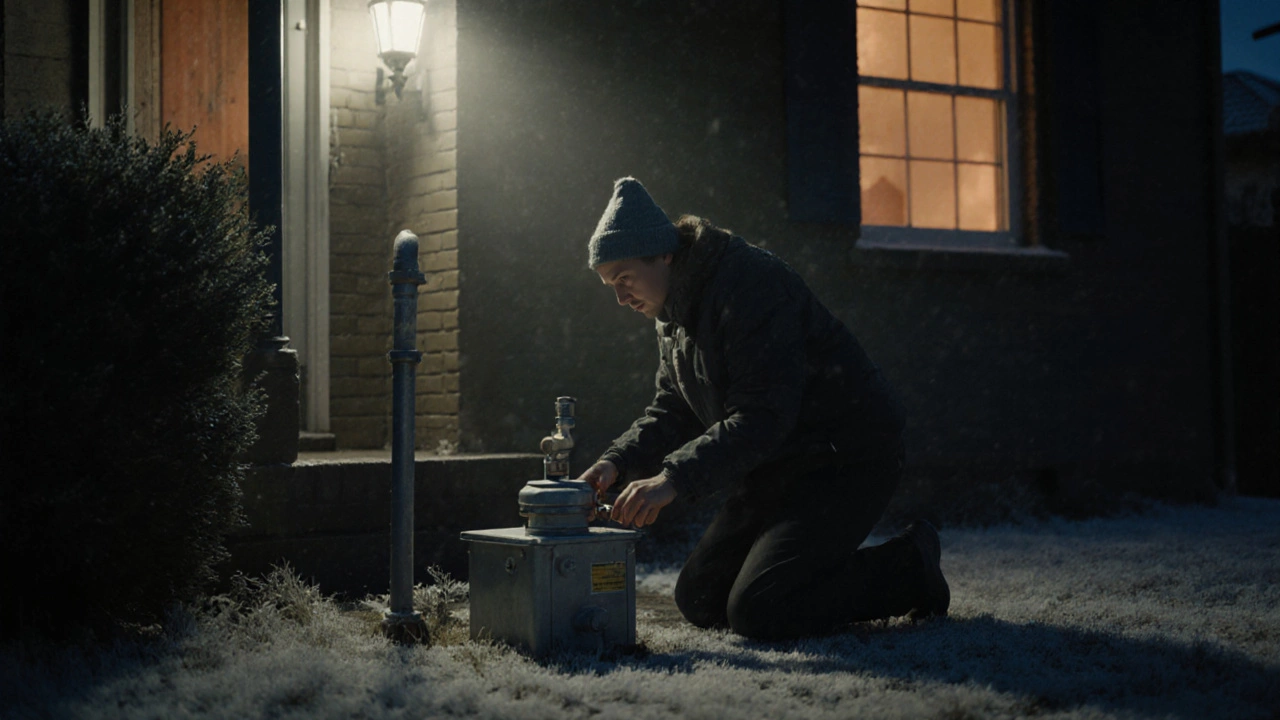Gas Heater Off: Why It Happens and What to Do Next
When your gas heater, a home heating system that burns natural gas or propane to warm air or water. Also known as gas furnace, it suddenly shuts off, it’s rarely just bad luck. More often, it’s a safety feature kicking in—like a pilot light going out, a faulty thermocouple, or blocked airflow. These aren’t just inconveniences; they’re warning signs that something’s wrong with how your system operates. Ignoring them can lead to no heat, higher bills, or even dangerous gas leaks.
Many people assume a gas heater off means the whole unit is broken. But the truth? Most of the time, it’s something small. The pilot light, a small, constant flame that ignites the main burner in older gas heaters can go out from a draft, dirt buildup, or low gas pressure. A thermocouple, a safety sensor that detects whether the pilot flame is lit and signals the gas valve to stay open can wear out after years of use and stop sending the right signal. And if your gas valve, the component that controls the flow of gas to the burner is dirty or failing, the heater won’t stay on—even if everything else works. These parts aren’t hard to check, but they need the right tools and knowledge to handle safely.
It’s also worth checking your gas heater off triggers. If it shuts off right after you turn it on, the issue is likely the pilot or thermocouple. If it runs for a while then cuts out, it could be overheating from a dirty filter or blocked vent. A gas smell? Turn off the main valve and get help immediately—don’t try to fix it yourself. And if your heater is over 15 years old, parts may be harder to find, and replacement could be smarter than repair. The posts below cover real cases from Rugby homeowners: how a pilot light got relit after a storm, why a thermocouple failed after five years, and when it’s better to walk away from an old unit. You’ll find step-by-step checks, safety tips, and clear advice on whether to fix it or call a professional.
